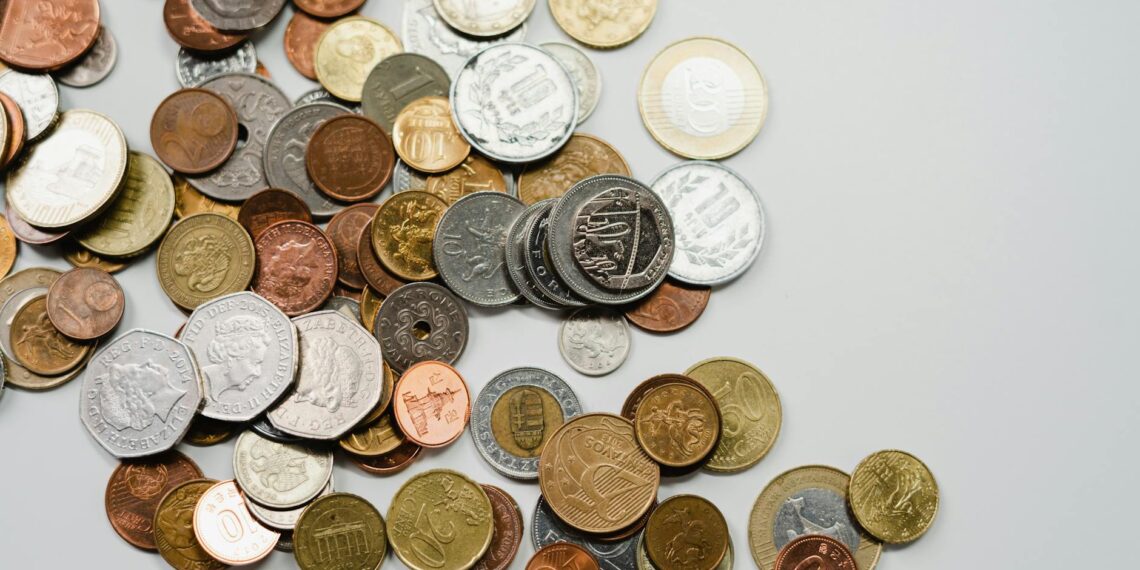The nickel is a United States five-cent coin, first introduced in 1866 . It has undergone several design changes throughout its history:
- Shield Nickel (1866-1883): The first five-cent piece made of a copper-nickel alloy.
- Liberty Head or “V” Nickel (1883-1912): Featured Lady Liberty on the obverse and the Roman numeral “V” on the reverse. Early versions lacked “cents”.
- Buffalo Nickel (1913-1938): Showcased a Native American on the obverse and an American bison on the reverse.
- The current design, the Jefferson nickel, was introduced in 1938 and features Thomas Jefferson on the obverse and Monticello on the reverse.
- Some modifications occurred, including the Westward Journey series in 2004 and 2005 with different reverse designs.
- In 2006, the design reverted to the Monticello reverse, with a new image of Jefferson on the obverse.
- Modern nickels are composed of 75% copper and 25% nickel.
- During World War II (1942-1945), nickels were made with a special alloy to conserve nickel. These “War Nickels” have a larger mint mark.
- The nickel is the only U.S. coin still called by its metal content, even though it’s mostly copper.
- Melting and exporting U.S. nickels was criminalized in 2006.
- The U.S. Mint is exploring changing the nickel’s composition due to production costs.









What nickel is worth $400?
The 1885 V-Nickel is the coin that is most sought after by dealers as well as collectors. This coin is considered elusive and difficult to obtain. Even with considerable wear and tear, an 1885 V-Nickel may be worth nearly $400.
Why is a 1964 nickel worth so much today?
For collectors, the 1964 nickel holds deep numismatic value as the last coin of its kind before the sweeping changes brought about by the 1965 Coinage Act. The coin’s familiar design—the iconic portrait of Thomas Jefferson on the obverse and the historic Monticello building on the reverse—adds to its timeless appeal.